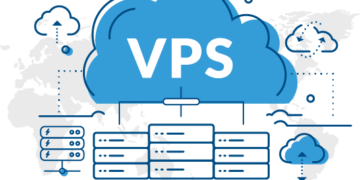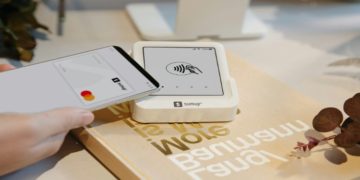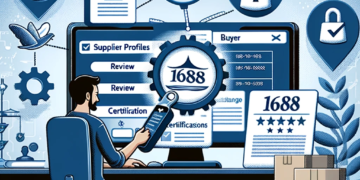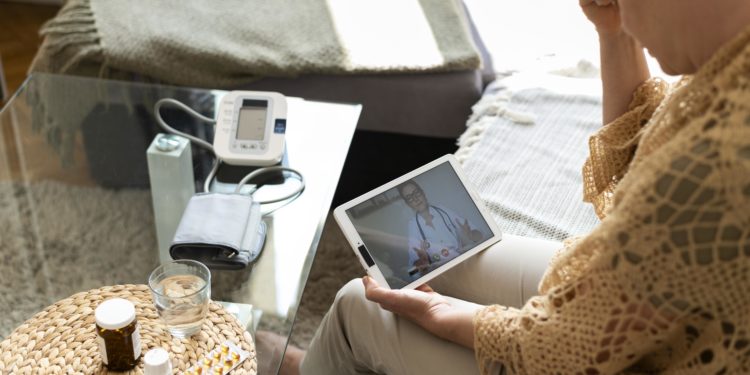The healthcare industry now depends on Remote Patient Monitoring (RPM) technology which gives patients continuous medical care outside traditional hospitals and clinics. Healthcare providers utilize digital tools to obtain patient health data in real time, enabling them to make choices without needing physical appointments.
The method proves helpful for treating long-term health conditions and continuous health assessment of elderly people. Healthcare delivery through remote patient monitoring functions because RPM vendors develop specialized platforms, services, and devices to provide smooth remote healthcare delivery.
The Role of RPM Vendors in Modern Healthcare
RPM vendors operate as infrastructure providers who give patients all required components including hardware equipment software platforms and analytical tools needed for remote monitoring. RPM vendors deliver medical-grade equipment like blood pressure monitors, glucose meters, and pulse oximeters as well as ECG monitors used by patients at home. The healthcare professionals receive secure data transmissions which enable them to track patient development patterns and provide intervention when needed. RPM vendors combine their technology platforms with electronic health records (EHRs) to present healthcare professionals with complete patient health information for better clinical decisions.
Key Features of Leading RPM Vendors
The leading RPM vendors achieve market dominance through their sophisticated suite of features which improves both patient care and provider operational effectiveness. The key elements of all RPM systems include instant data transfer capabilities alongside AI-based predictive analytics together with simple integration with healthcare infrastructure and intuitive customer interfaces. Various RPM vendors enable customized alert features that allow healthcare providers to identify health risks before they develop. Healthcare organizations can maintain compliance with HIPAA and FDA guidelines through proper management of patient information which guarantees both security and confidentiality of data.
Market Trends and Growth of RPM Vendors
RPM technology has expanded widely since 2019 because patients need remote care options and digital health services continue developing. The COVID-19 pandemic speeded up RPM implementation because healthcare organizations needed alternative methods for patient appointments. A new group of vendors launched their operations to provide condition-specific innovative solutions for the market. RPM vendors use artificial intelligence with machine learning and wearable technology to enhance their capabilities and improve remote monitoring efficiency together with accuracy.
Challenges Faced by RPM Vendors
RPM vendors face multiple obstacles within the industry despite achieving numerous beneficial outcomes. The main hindrance RPM vendors face stems from achieving complete interoperability with current healthcare information technology. Current hospitals and clinics operate with different EHR platforms creating obstacles to achieving RPM solution integration across healthcare settings. The main roadblock for RPM vendors involves securing patient participation together with their willingness to follow prescribed protocols. RPM requires patients to interact with monitoring devices regularly while following their medical guidelines. The process of regulatory framework implementation along with healthcare payment policies causes difficulties for providers seeking insurance coverage throughout various regions of operation.
Selecting the Right RPM Vendor
Selection of a suitable RPM vendor becomes essential for healthcare organizations that aim to execute effective remote monitoring programs. A prospective RPM vendor should be evaluated based on their industrial experience and their device range as well as service offerings along with system integration capacity and support service quality. When assessing providers, health service providers must examine both how vendors protect information through security measures and their adherence to healthcare standards. The selection of costs must weigh into decisions since vendors offer payment options through subscriptions and individual use charges which depend on vendor terms and project scale.
Conclusion
Remote Patient Monitoring vendors transform healthcare delivery by creating data-based care that allows proactive patient services. RPM vendors should deal with implementation hurdles from interoperability issues patient engagement and regulatory compliance to gain an enduring market position. The future of remote patient monitoring technology will become more effective while gaining accuracy and accessibility for delivering better health results worldwide through ongoing technological progress. Healthcare providers need to do thorough vendor assessments to achieve successful remote patient monitoring implementation and obtain maximum system benefits.












































































